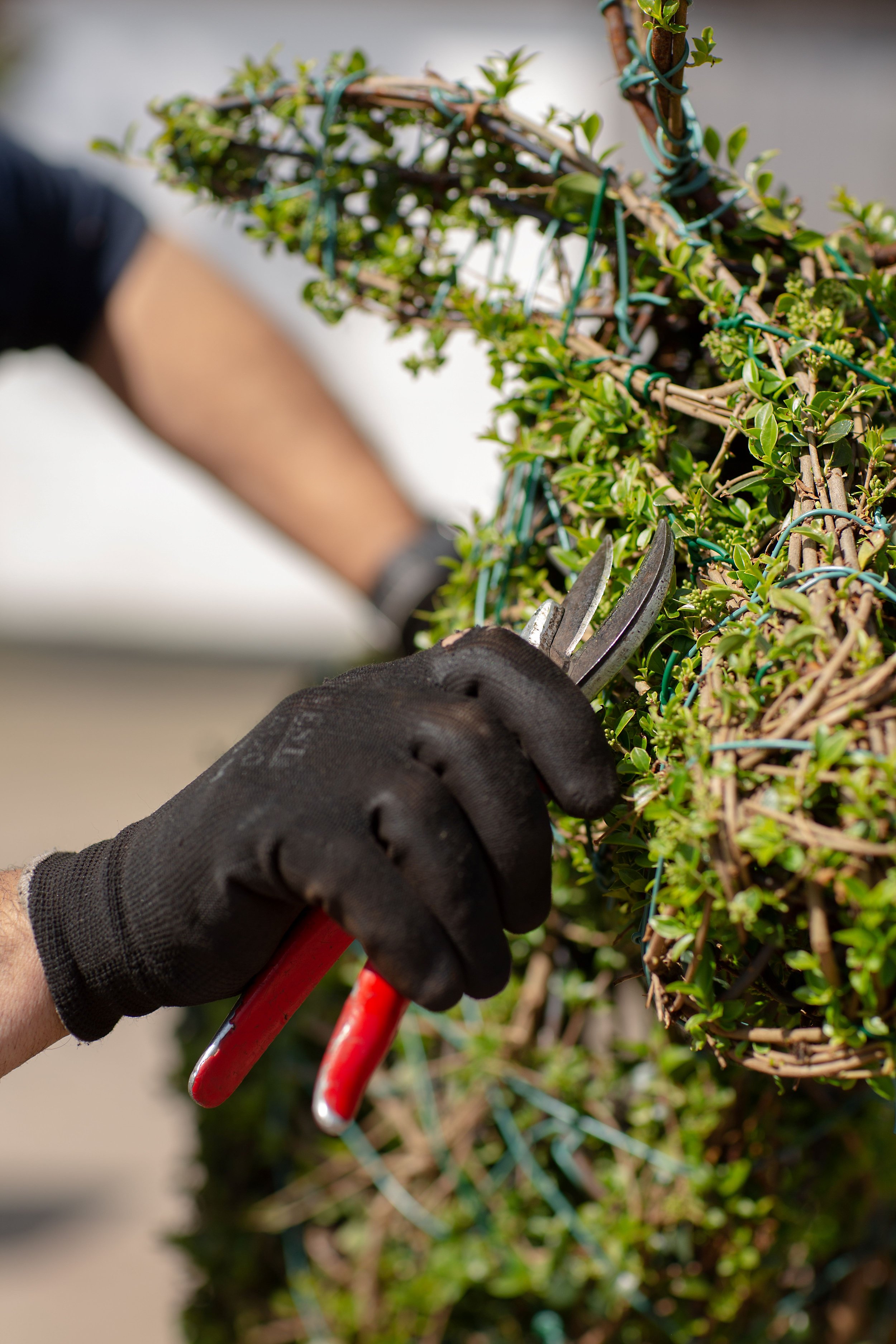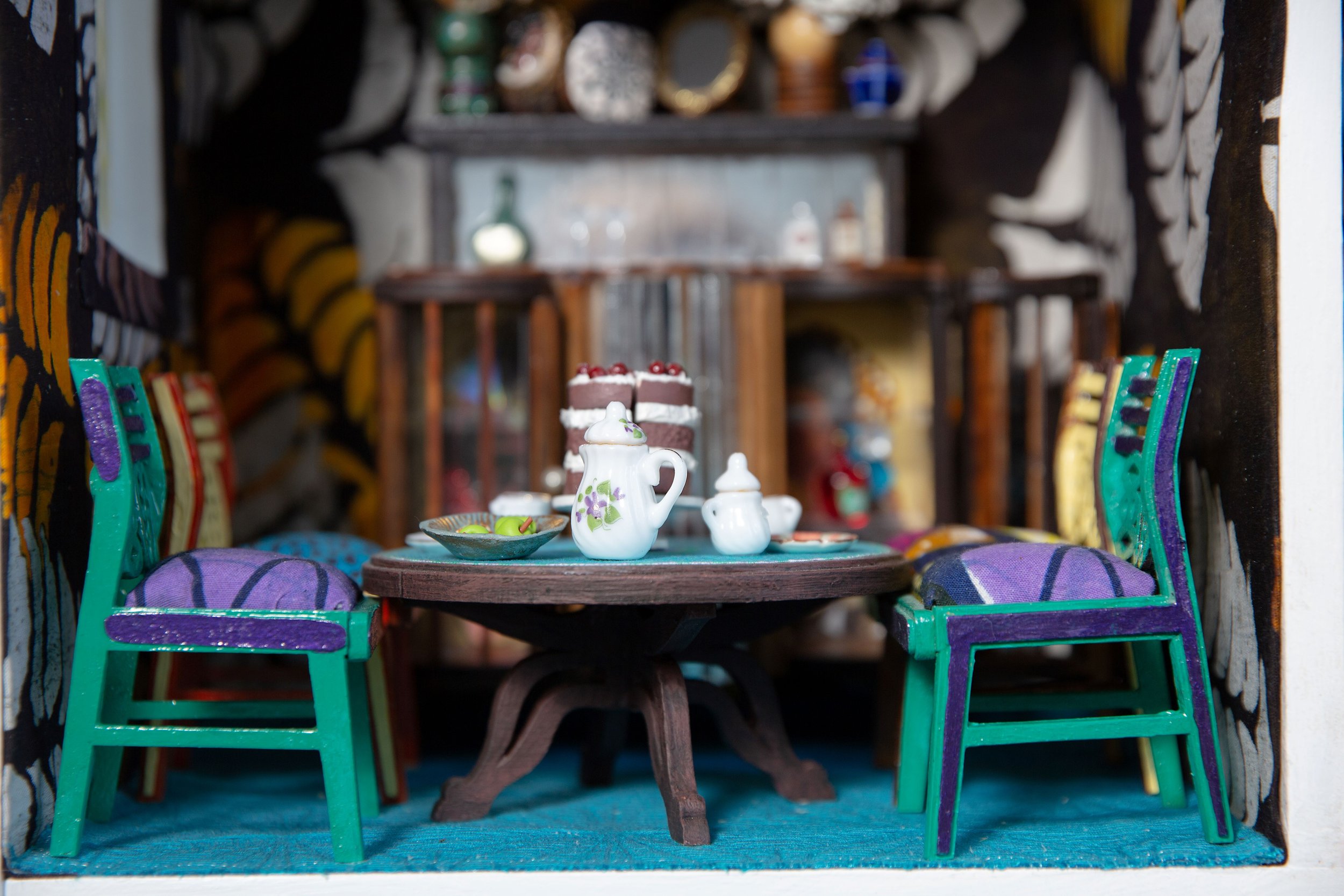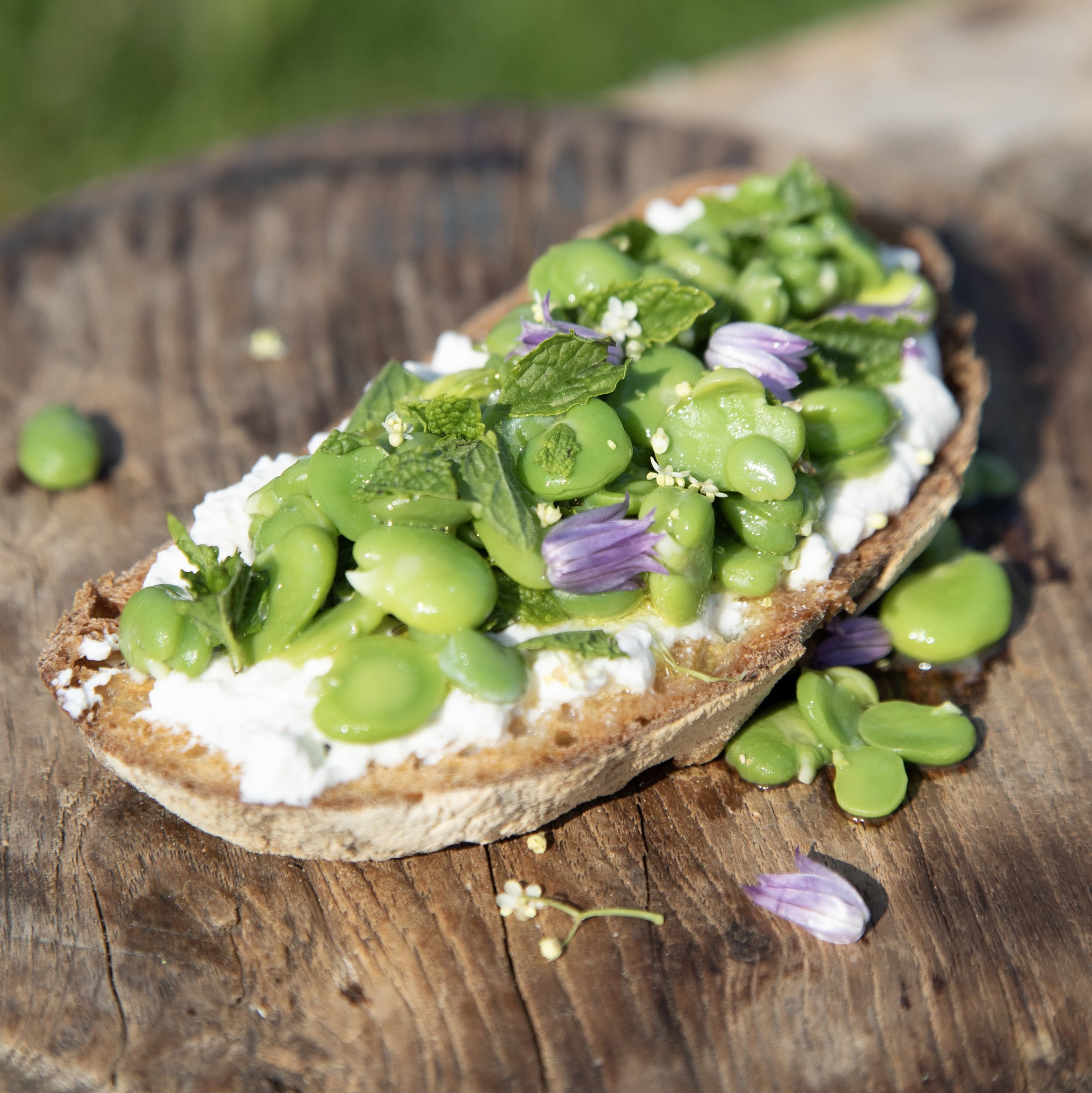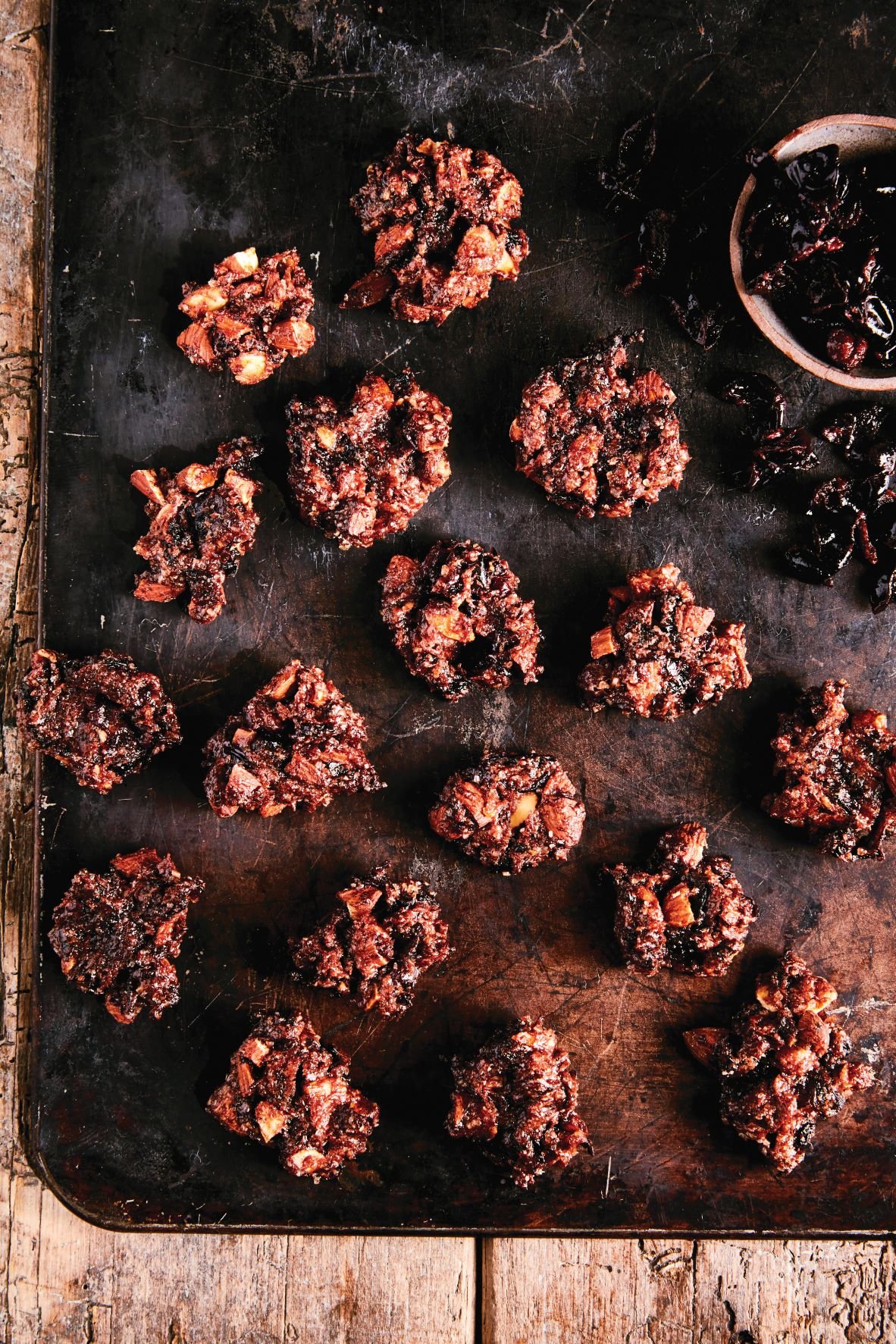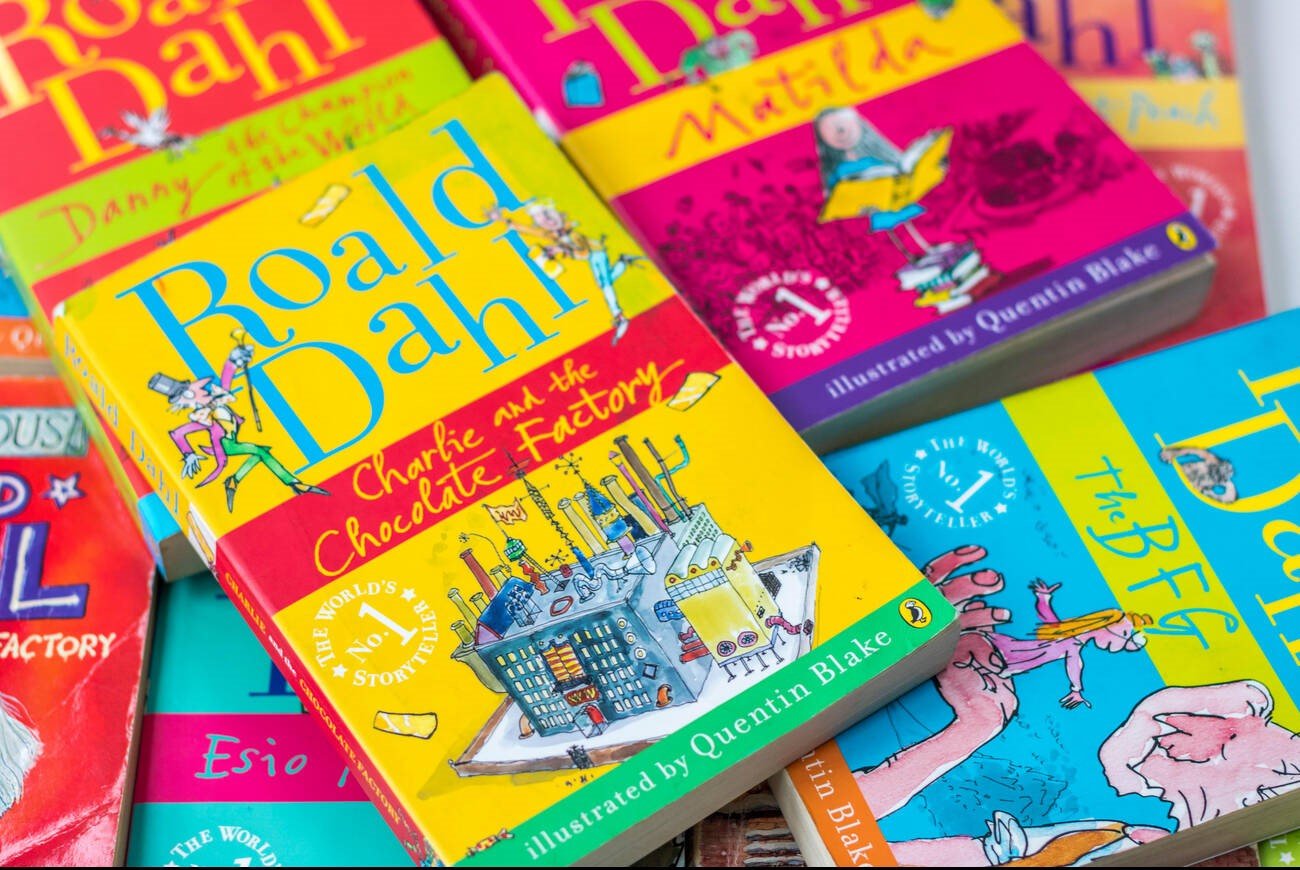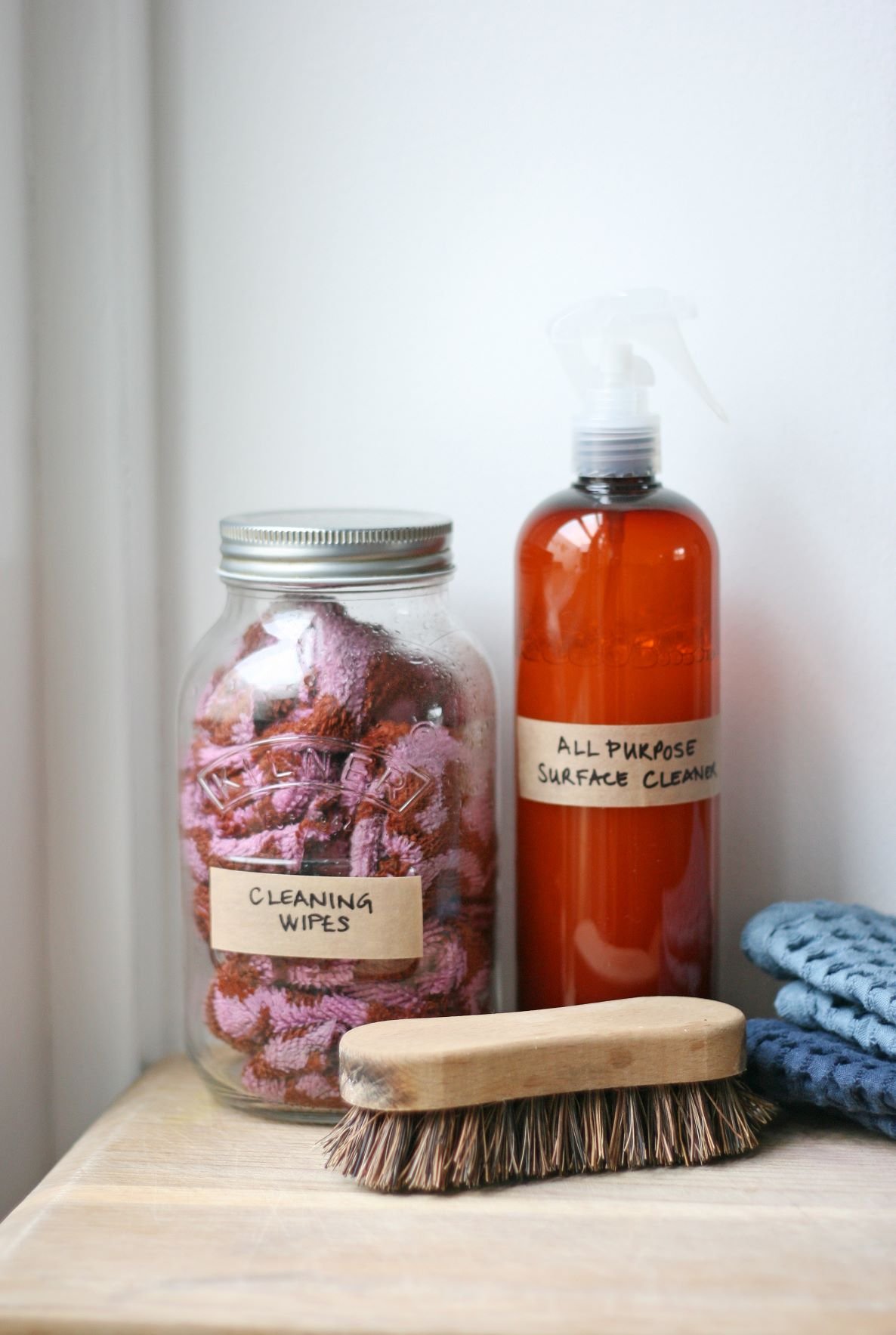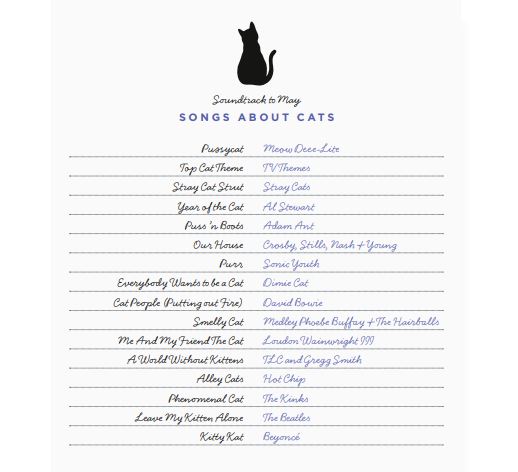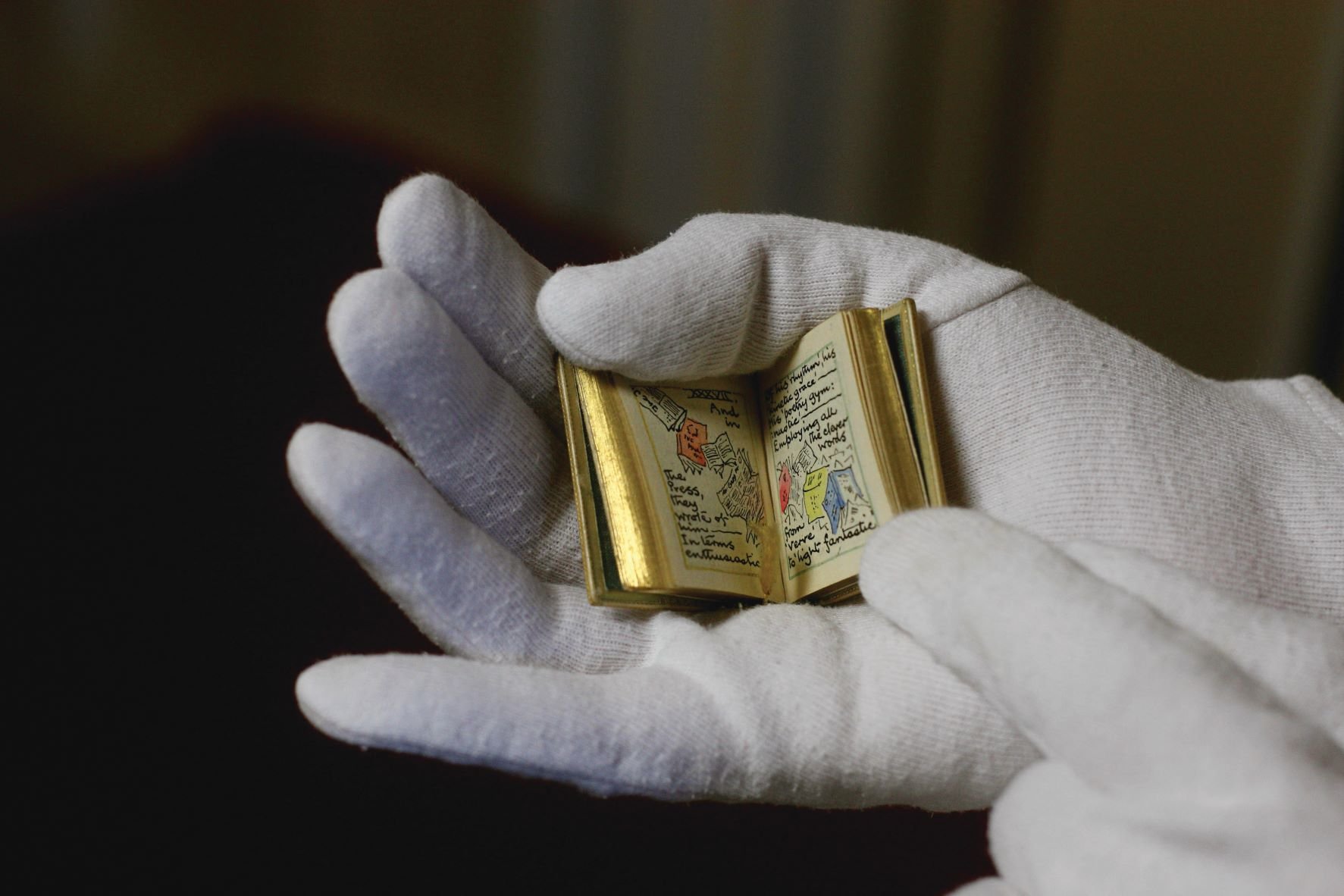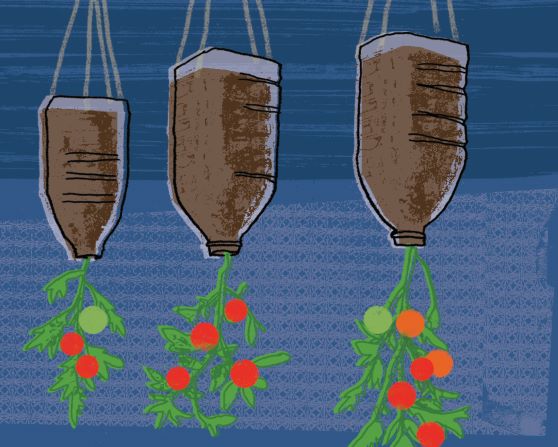Come through the gate with us into a wonderful, walled world
Wouldn’t we all love a walled garden? Who can honestly say they’ve not wandered through the pretty paths of a walled garden in a stately home, between manicured flower beds and pleached fruit trees and pretended just for a few seconds that they are lady of the manor, taking their crinoline out for an airing on a turn round the estate?
Something about their secluded nature makes them just a little bit magical. It’s little wonder many a novel and film features a walled garden, symbolic of the fertile ground hidden inside the walls of our mind, the wonder of a secret well kept, the idea that behind any ordinary brick wall one might find something fantastical…
One of our favourite fictional walled gardens would have to be in Frances Hodgson Burnett’s The Secret Garden. “It was the sweetest, most mysterious-looking place any one could imagine. The high walls which shut it in were covered with the leafless stems of climbing roses which were so thick that they were matted together.” But the sweetest thing about it for Mary Lennox is the chance to learn to tame the garden and to grow within its walls. The garden, abandoned for a decade, (note that orphan, Mary, unwanted and then left by her own parents, is also ten years old) is an allegory for Mary’s spiritual self. Inside the brick walls of abandoned garden are bulbs waiting to shoot and then bloom. And inside cold, self-centred Mary Lennox is all sorts of good just waiting to be nurtured into growth.
The Secret Garden is considered a classic British children’s book, but the interesting thing about it is that it was written neither as a book, nor for children. The story was first published, serialised, in an adult magazine. It wasn’t until 1911 that it was published in its entirety as a book, and then it was marketed to both adults and children simultaneously, in much the same way as the Harry Potter books or Philip Pullman’s Lyra trilogy were decades later.
In its time, The Secret Garden was a bit of a damp squib among Frances Hodgson Burnett’s far more successful novels, such as A Little Princess and Little Lord Fauntleroy. What probably saved it from obscurity was a sudden adult interest in the studying of children’s fiction at the time and that marketing of it as a book for adults.
It’s a strange thing that we adults, who hold all the cards really where children’s fiction is concerned, spotting authors, paying illustrators, devising budgets for the marketing of all these books, are so reticent to step forward and enjoy them. We feel, for some reason that we have to leave these books for children, wait to be invited into their secret garden. And every few decades, along comes a book that transcends the barriers between adult and children’s fiction, and the people in suits at the publishing houses feel they have to throw us a bone with an ‘adult version’ cover, or at least one we won’t be embarrassed to be seen reading on the bus. It’s a great shame, really.
We’d like to encourage you to pick up a book that’s ‘too young’ for you this month and read it proudly in public. Who knows? Behind that cover that says ‘not for you’ you might find a long-forgotten secret garden with all sorts of wonders just waiting for your imagination to carefully weed around them, tend to them and watch them grow.
Reading list
If you love a book about gardens, you might like to try (or re-read) one of these:
Tom’s Midnight Garden by Philippa Pearce, 1958
Tom is staying with his aunt and uncle in their flat while his brother recovers from measles. The flat has no garden and quarantined Tom has no playmates, until the clock strikes 13 and the Midnight Garden appears…
The Camomile Lawn, Mary Wesley, 1984
One that really is for the grown-ups. Wesley’s novel about youth, love and loss that begins in the summer before World War Two, has at its centre, the scented camomile lawn in Helena and Richard’s garden by the sea, which epitomises holidays, summer and carefree youth.
The Forgotten Garden, Kate Morton, 2008
An abandoned child, a secret garden, a mystery… If you enjoyed The Secret Garden you’re sure to enjoy this.
If you’d like to read about the history of walled gardens don’t miss Wonder Walls in our May issue, in shops now.
Get hold of your copy of this month's The Simple Things - buy, download or subscribe
More from our May issue…





